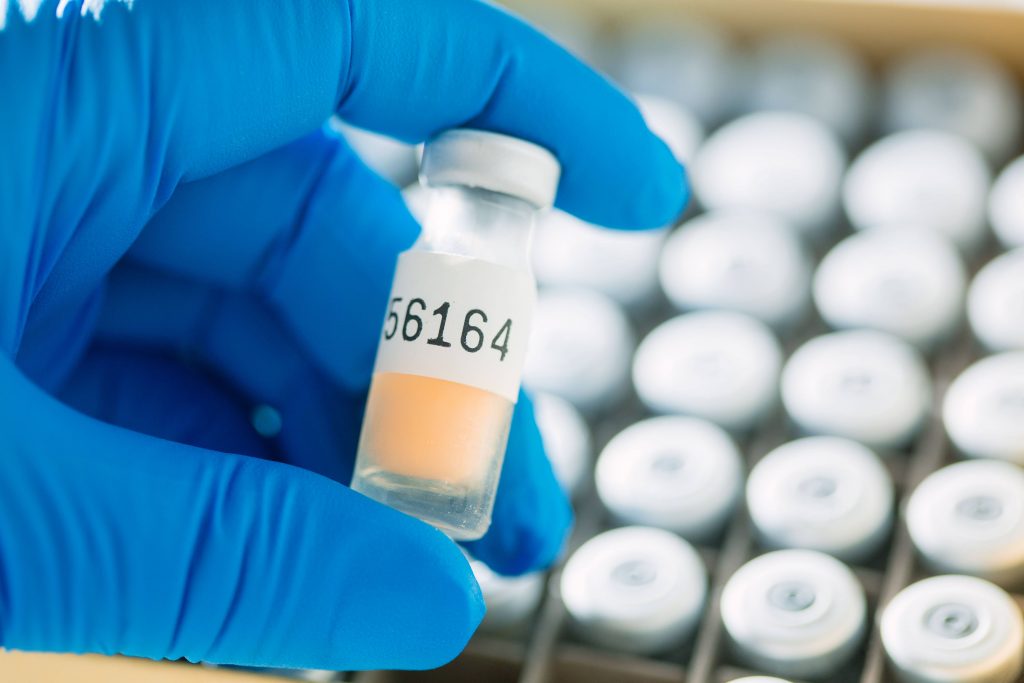-
Early indicators: Investigational convalescent plasma is safe for patients with COVID-19

Mayo Clinic and collaborators today reported safety data on the first 5,000 hospitalized patients transfused with investigational convalescent plasma as part of the Food and Drug Administration’s national Expanded Access Program (EAP) for COVID-19. The early indicators suggest experimental convalescent plasma is safe in treating severely ill patients. At this time, convalescent plasma is the only antibody-based therapy available for COVID-19.
The report assessed the first seven days following transfusion of 5,000 patients hospitalized with severe or life-threatening COVID-19, or who were deemed at high risk of progressing to severe or life-threatening status. The research protocol defines severe or life-threatening as dyspnea, decreased blood oxygen saturation, respiratory failure, septic shock, and multiple organ dysfunction or failure. Sixty-six percent of the patients were in an ICU, and nearly 20% carried the diagnosis of multi-organ dysfunction or failure. Importantly, the reports of serious adverse events related to transfusion of the plasma were less than 1%.
Patients received plasma between April 3 and May 3. The seven-day incidence of mortality was 14.9%. The researchers note that while the study was not designed to evaluate the efficacy of convalescent plasma, a seven-day incidence of mortality of 14.9% in this number of patients indicates "no signal of toxicity beyond what is expected in plasma use in severely ill patients." Their next steps are to collect and review more safety data and continue studies to determine efficacy of the intervention.
"This is just the beginning of the reporting process," says Michael Joyner, M.D., head of the EAP at Mayo Clinic. "We are optimistic but must remain objective as we assess increasing amounts of patient data."
It is important to note that this is a safety report and does not provide any findings on the effectiveness of convalescent plasma in the treatment of COVID-19. Also, the EAP is ongoing and data are still being gathered. This is not a clinical trial; there is no control arm (e.g., a group of patients who receive no medical intervention). However, given the deadly nature of COVID‑19 and the large population of critically ill patients included in the study, the mortality rate does not appear excessive, the researchers say.
As of May 11, the EAP for convalescent plasma has more than 14,000 patients enrolled with more than 8,900 patients infused. Physicians at any institution in the United States who are treating hospitalized patients with COVID-19 can register their patients’ information at uscovidplasma.org.
The convalescent plasma program at Mayo Clinic grew from a national initiative of physicians and investigators from 40 institutions that self-organized to investigate the use of convalescent plasma during the COVID-19 pandemic. These institutions include Mayo Clinic, Johns Hopkins University, Washington University, Albert Einstein College of Medicine, Icahn School of Medicine at Mount Sinai, Michigan State University, and many other academic medical centers and government agencies seeking to establish a national program to modify the course of the disease.
Mayo Clinic is committed to advancing research so patients are able to benefit from new discoveries as quickly as possible. Mayo’s goal is to rapidly discover and apply scientific advances that will defeat this deadly disease.
###
Learn more:
- Mayo Clinic named national site for Convalescent Plasma Expanded Access Program
- FDA coordinates national effort to develop blood-related therapies for COVID-19
- Convalescent Plasma: A Therapy for COVID-19?
About Mayo Clinic
Mayo Clinic is a nonprofit organization committed to innovation in clinical practice, education and research, and providing compassion, expertise and answers to everyone who needs healing. Visit the Mayo Clinic News Network for additional Mayo Clinic news and An Inside Look at Mayo Clinic for more information about Mayo.
Media contact:
Robert Nellis:
newsbureau@mayo.edu
For the latest updates on the COVID-19 pandemic, check the Centers for Disease Control and Prevention website. For more information and COVID-19 coverage, go to the Mayo Clinic News Network and mayoclinic.org.







